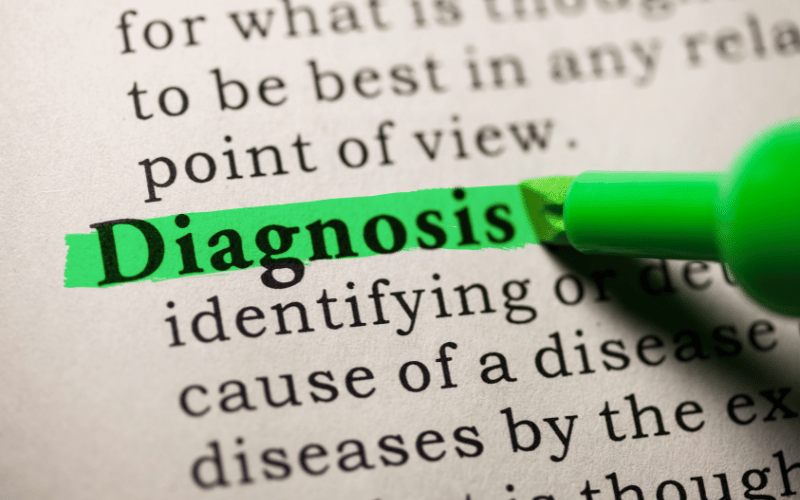Fact 5: The Road to Diagnosis

The path to diagnosing Eagle Syndrome is often layered with hurdles, mostly because of its overlapping symptoms with other conditions. Typically, the first step in the diagnostic process is a thorough clinical evaluation. The physician dives deep into the patient’s medical history, zeroes in on the symptoms, and conducts a physical examination. Specific maneuvers, such as palpating the tonsillar fossa, can sometimes reproduce the pain, providing a clue.
While the clinical picture might point towards Eagle Syndrome, radiological studies, like X-rays, can often seal the diagnosis. The X-ray often reveals the elongated styloid process or the calcified stylohyoid ligament. However, it’s essential to correlate these findings with the clinical symptoms, as an elongated styloid might be asymptomatic in some individuals.
A more detailed insight can be gleaned using CT scans, particularly 3D reconstructions. They offer a clearer view of the styloid process, its length, and its relationship with the surrounding structures. It’s particularly useful if surgical intervention is being considered.
One of the challenges of diagnosing Eagle Syndrome lies in its mimicking act. Its symptoms often overlap with conditions like temporomandibular joint disorders, neuralgias, and other vascular syndromes. Hence, a careful differential diagnosis is vital to rule out other potential culprits. (5)